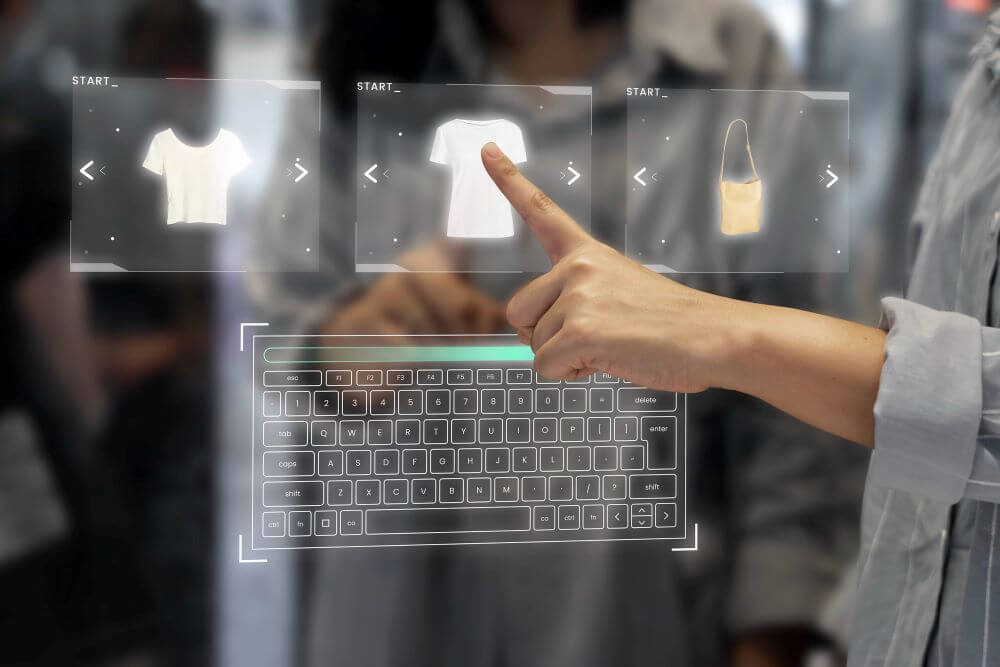In today’s digital-first marketplace, businesses are constantly seeking ways to differentiate themselves while offering customers more engaging, personalized experiences. One solution that has quickly risen to the forefront is the best product configurator, a dynamic tool that empowers shoppers to design products tailored to their individual needs. Far from being just a flashy add-on, configurators are transforming the way people interact with brands and influencing purchasing decisions in significant ways.
What Is a Product Configurator?
At its core, a product configurator is an interactive digital tool that allows customers to customize products before making a purchase. Whether it’s choosing the color of a sneaker, selecting the interior layout of a new car, or tailoring a piece of furniture to fit specific dimensions, configurators give buyers control over the final outcome.
They function as a bridge between imagination and reality, enabling customers to visualize what they’re buying in real time. Unlike traditional e-commerce, where product images are static, configurators allow for dynamic variations—every click changes the product to match user preferences.
Why Are Configurators Becoming Essential?
The appeal of configurators is rooted in three converging trends:
- The rise of personalization – Consumers expect brands to recognize and cater to their unique preferences. A configurator makes that promise tangible by giving buyers the ability to create products that reflect their personal style or functional needs.
- The demand for visual clarity – In online shopping, uncertainty often leads to abandoned carts. Configurators reduce hesitation by showing exactly what the customer is getting, thereby minimizing surprises and returns.
- The shift toward digital-first sales – With more industries embracing e-commerce, businesses must find ways to replicate the in-person showroom experience online. Configurators simulate this process, often in more detail than a salesperson could provide in a store.
The Business Benefits of Product Configurators
For companies, the advantages of adopting a configurator extend well beyond customer satisfaction.
- Higher conversion rates: When customers can interact with a product, they feel more ownership of the outcome. This emotional connection increases the likelihood of completing a purchase.
- Reduced returns: Misaligned expectations are a major driver of product returns. By giving customers the ability to preview every aspect of their order, configurators help ensure the product delivered matches what was envisioned.
- Operational efficiency: Advanced configurators can connect directly with back-end systems like inventory management or manufacturing software, ensuring orders are feasible and accurate without manual intervention.
- Competitive differentiation: In crowded markets, offering a unique and interactive buying journey can make a brand stand out.
Industries Leading the Way
While configurators can be applied to nearly any sector, certain industries are pushing the boundaries of what’s possible:
- Automotive: Car manufacturers pioneered configurators, allowing buyers to build vehicles with custom colors, trims, and add-ons. Today’s versions include 3D visuals and even augmented reality features.
- Furniture & Home Goods: Shoppers can design sofas, tables, and cabinetry to fit their exact style and space requirements, often previewing them in room mock-ups.
- Fashion & Apparel: From sneakers with custom colorways to tailored suits, apparel brands use configurators to empower self-expression.
- Technology & Electronics: Configurators let buyers assemble computers, select smartphone specs, or build personalized audio systems to suit performance needs.
Challenges to Consider
Of course, the implementation of a product configurator isn’t without its hurdles. Developing a system that is visually compelling, technically robust, and user-friendly requires significant investment. Businesses must consider factors such as:
- Complexity of options: Too many choices can overwhelm users, while too few may fail to excite them. Striking the right balance is key.
- Integration with supply chains: Configurators should reflect real-time availability to avoid disappointment.
- User experience design: An intuitive interface is critical—if the tool feels clunky, customers may abandon the process.
However, when done right, these challenges are outweighed by the long-term benefits.
The Future of Product Configurators
Looking ahead, configurators are set to become even more sophisticated. Advances in augmented reality (AR) and virtual reality (VR) will allow customers to place customized products directly into their homes or even “try on” clothing virtually. Artificial intelligence will also play a role, suggesting popular or complementary options to streamline decision-making.
Moreover, configurators are evolving from being solely sales tools into powerful marketing assets. The shareability of personalized designs on social media means that customers become advocates, showcasing their creativity while indirectly promoting the brand.
Final Thoughts
The modern consumer no longer wants to be a passive recipient of what companies offer; they want to be active participants in shaping the products they buy. Product configurators meet this demand by merging creativity, convenience, and clarity into a single interactive experience.
For businesses, embracing this technology is not just about keeping up with trends—it’s about future-proofing their customer experience strategies. As industries continue to digitize, those equipped with engaging configurators will find themselves better positioned to win loyalty, reduce costs, and grow their market share.
Simply put, configurators are not just tools—they are the blueprint for the next era of customer engagement.


